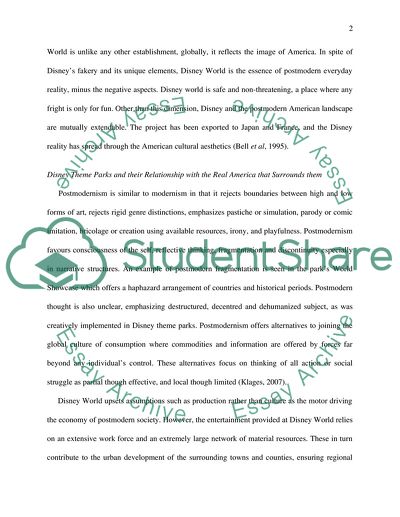Cite this document
(The Place of Dream for all Children Term Paper Example | Topics and Well Written Essays - 2750 words, n.d.)
The Place of Dream for all Children Term Paper Example | Topics and Well Written Essays - 2750 words. Retrieved from https://studentshare.org/tourism/1718754-can-disney-world-be-described-as-a-postmodern-city
The Place of Dream for all Children Term Paper Example | Topics and Well Written Essays - 2750 words. Retrieved from https://studentshare.org/tourism/1718754-can-disney-world-be-described-as-a-postmodern-city
(The Place of Dream for All Children Term Paper Example | Topics and Well Written Essays - 2750 Words)
The Place of Dream for All Children Term Paper Example | Topics and Well Written Essays - 2750 Words. https://studentshare.org/tourism/1718754-can-disney-world-be-described-as-a-postmodern-city.
The Place of Dream for All Children Term Paper Example | Topics and Well Written Essays - 2750 Words. https://studentshare.org/tourism/1718754-can-disney-world-be-described-as-a-postmodern-city.
“The Place of Dream for All Children Term Paper Example | Topics and Well Written Essays - 2750 Words”, n.d. https://studentshare.org/tourism/1718754-can-disney-world-be-described-as-a-postmodern-city.


